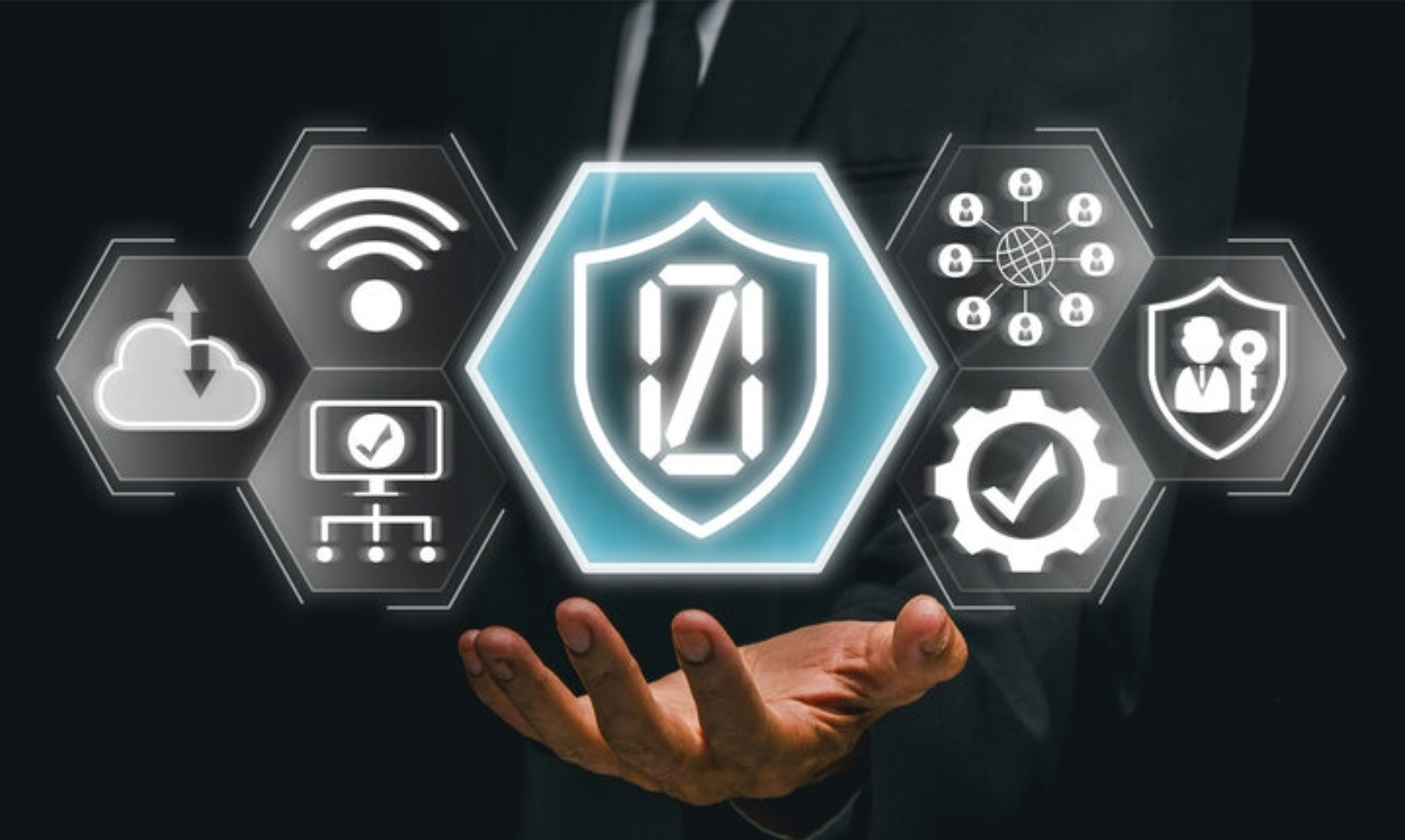The Zero Trust Security Approach is a cybersecurity model that assumes no one, whether inside or outside an organization’s network, should be trusted by default.
It operates on the principle of “never trust, always verify,” meaning that every user, device, and system must be continuously checked and verified before accessing any resource.
In traditional security models, once a user or device enters the network, they are trusted to access multiple resources. But this “trust” can be risky. The Zero Trust model eliminates this by treating every access request as potentially harmful and requiring validation before allowing access.
Principles of Zero Trust:
The key principles of Zero Trust security include:
- Monitoring and Validation: Verifying everything and ensuring that users must be authenticated and authorized every time they request access to data or systems whether the user is inside or outside the organization’s network. Additionally, security does not stop at authentication. User behavior and system activities are constantly monitored to detect suspicious behavior and stop potential breaches early.
- Least-Privilege Access: Users are only given the minimum access necessary to do their job. This limits the potential damage if something goes wrong. they need to perform their tasks or functions—nothing more.
- Micro-Segmentation: Dividing the network into smaller sections, each requiring its own security checks. If a hacker gains access to one part, they can’t easily move to others.
- Multi-Factor Authentication: Providing more than one form of authentication to access resources.
Moreover, converting data into a secret code ensures that only authorized parties can read it. It uses algorithms and keys to turn readable information (such as text, files, or messages) into a format that is unreadable to anyone who doesn’t have the proper key to decrypt it.
Zero Trust: A Must to Embrace
The world has changed, and traditional security methods are no longer enough. With more people working remotely, using cloud services, and accessing systems from various devices, the perimeter (the boundary that separates internal and external networks) has blurred.
With employees working remotely or on the go, controlling access to the network becomes more challenging. Many organizations also store data in the cloud, where traditional network defenses are less effective. Additionally, cyberattacks pose a significant threat, as hackers can come from both outside and within the organization. The Zero Trust model assumes that even trusted users could be compromised, highlighting the importance of maintaining vigilance across all access points.
How Does Zero Trust Work?
Every time a user or device tries to access something, they must prove who they are, typically using strong passwords, biometrics, or multi-factor authentication (MFA).
Once authenticated, the system checks what the user or device can do. They only get access to what is necessary for their job, no more.
Even after being granted access, behavior is monitored. If something suspicious happens, access can be revoked immediately.
All systems communicate securely. Data is encrypted to ensure that even if hackers intercept it, they cannot read it.
Zero Trust model provides stronger security by verifying everything and limiting access, significantly reducing the chances of unauthorized access or data breaches. It also helps reduce the risk of insider threats, as it does not automatically trust anyone, preventing employees or devices from misusing their access. Additionally, Zero Trust offers flexibility for remote work by adapting to the needs of remote employees and cloud services, allowing secure access to critical resources from anywhere. Continuous monitoring further enhances security by allowing quicker detection of suspicious activity, enabling faster responses to threats and preventing breaches before they escalate.
Since we are heavily dependent on technology, advanced security tools and technologies for identity verification, encryption and network segmentation are required. Even though we may find the continuous verification processes cumbersome, especially if they hinder our ability to perform tasks efficiently, we are in continuous need to update our access control and security by ensuring proper trust and protection.


























